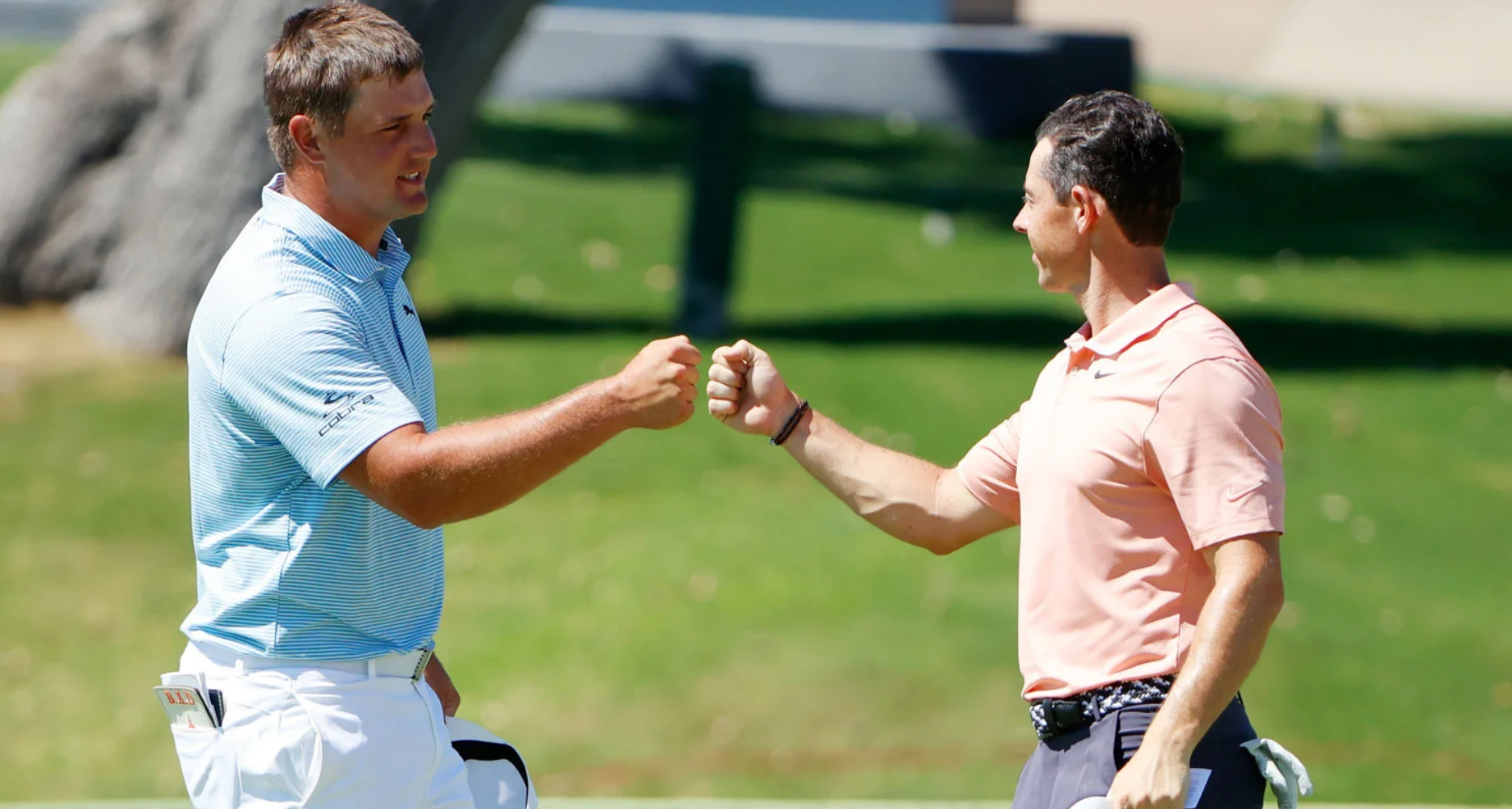"It’s not that the show must go on. It’s that the Tour has decided to let it go on."
/The above quote belongs to Golf’s Michael Bamberger, who covered the PGA Tour’s return at Colonial. It has prompted a thought, but first, the exchange from the SI roundtable, starting with John Wood, looper extraordinaire for Matt Kuchar this week (71-68=MC).
John Wood, PGA Tour caddie for Matt Kuchar (@Johnwould): Pretty much an A+ across the board. The Tour did a phenomenal job of preparing for each and every eventuality. Testing and safety were the number one priorities, and there were redundancies in place for everything. I couldn’t have been more impressed with their preparation. The players were just excited to be back and playing golf, and seemed to handle all the newness in stride. Once they got inside the ropes, things were the same as always. Shoot the lowest score, win the tournament.
Josh Sens, senior writer (@JoshSens): Watching from afar, it sure seemed to go smoothly. And you could sense the genuine excitement of the players to be back out there competing, which helped make up for the lack of fan electricity. There were oddities, of course, with Nantz flying solo in the booth and no gasps or cheers from a gallery, but there are oddities in almost all of our old rituals these days. Whether there were any public hiccups, I guess we won’t know that for certain for a couple of weeks. But from a distance, it looked a whole lot safer than some pool parties I’ve seen on social media.
Michael Bamberger, senior writer: It was odd. These are odd times. The Tour is being as responsible as it can be by appearance. It’s obvious that the system is not by any means foolproof. It’s not that the show must go on. It’s that the Tour has decided to let it go on. I think they’ve made the right move. But there is no bubble. Way too many variables.
Obviously Bamberger’s remarks stand out because he supports the return, but is highlighting that “too many variables” remain. This presumably is after a week of seeing players spread about in multiple hotels or other locations in the “bubble”. It also suggests pro golf will have to decide if the variables are worth risking and if organizations not governed by the PGA Tour will accept similar risks: namely, the PGA of America, USGA and Masters, all with majors scheduled in late summer and fall.
As I noted in this Schwab Challenge roundup, the optics of seeing several non-players who work for the PGA Tour not adhering to the safety suggestions so clearly on national TV proved jarring and terribly shortsighted. Bad optics or actual viral spread could easily derail the Tour’s plans, the majors and even the perception that golf is a safe haven. The sport is placing a an excessive amount of trust in the PGA Tour to do the right thing.












